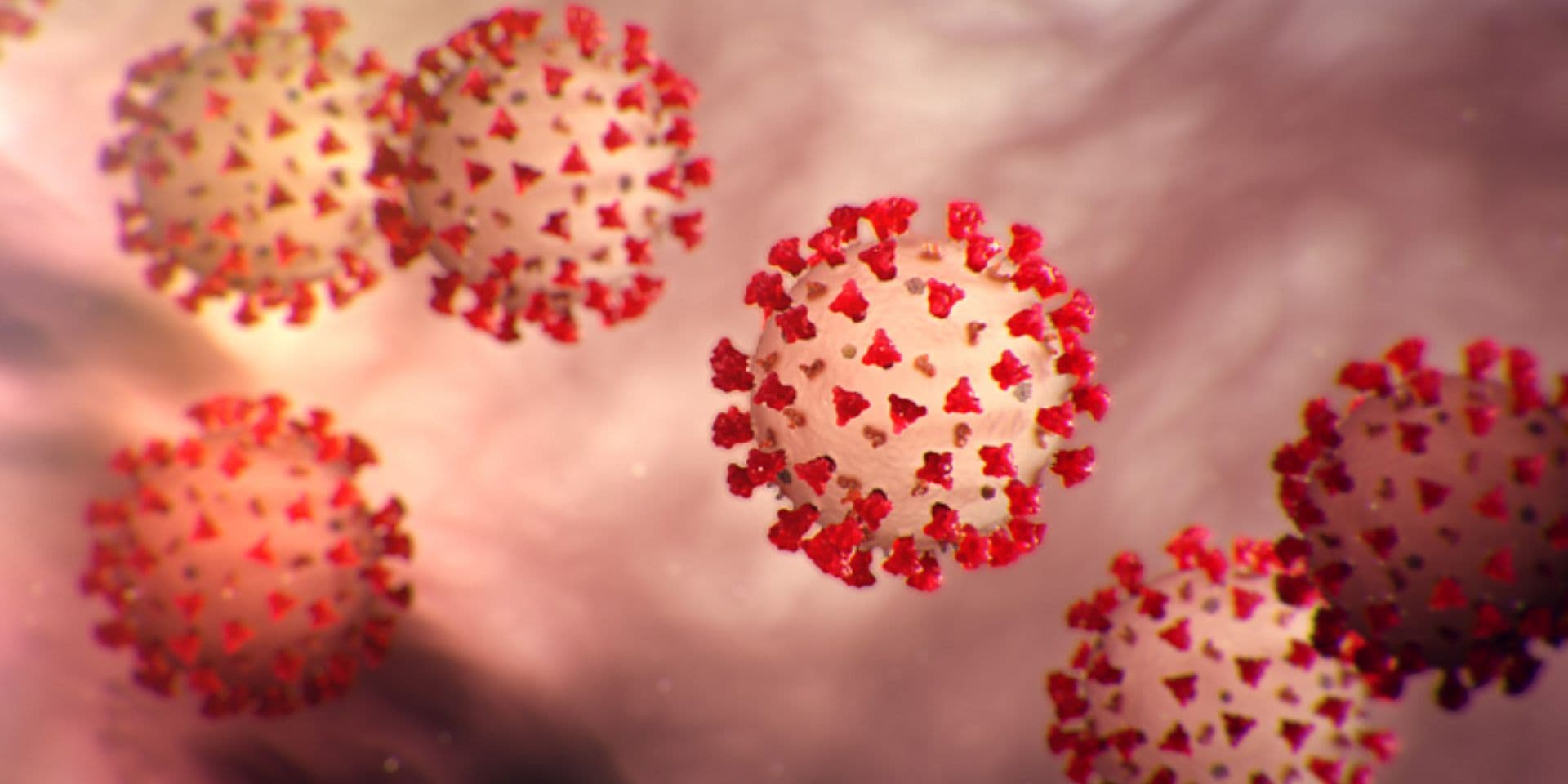In a groundbreaking leap forward, a study published in Science has unraveled the perplexing complexities of long COVID, providing a glimmer of hope for the estimated 65 million individuals globally grappling with persistent symptoms after SARS-CoV-2 infection. The research, examining blood protein composition, has uncovered significant differences, offering potential biomarkers and laying the foundation for innovative diagnostic approaches and targeted treatments for this lingering condition.

Photo from Google
Biomarkers Illuminate Long COVID’s Enigma
The study, featured in Science, has achieved a milestone in understanding long COVID, a condition characterized by lingering symptoms post-COVID-19 infection. With a focus on blood protein composition, the research compares samples from individuals with long COVID, those who have fully recovered, and those never infected, revealing substantial variations in over 6,500 proteins.
These disparities, particularly in proteins linked to immune responses, blood clotting, and inflammation, emerge as potential biomarkers for diagnosing and monitoring long COVID. This groundbreaking revelation holds the promise of transforming diagnostic approaches, providing a clearer understanding of the condition’s underlying mechanisms.
The identification of key protein patterns not only sheds light on potential biomarkers but also lays the groundwork for personalized treatment strategies. This development could usher in a new era of tailored therapies, addressing the unique challenges posed by long COVID for each individual.
Hope for Targeted Therapies
The study’s insights extend beyond diagnostics, offering optimism for targeted therapies. Analysis of blood samples revealed intriguing details, including lower levels of antithrombin III, higher levels of thrombospondin-1 and von Willebrand factor, and abnormal white blood cell clumping in individuals with long COVID. These findings suggest potential links between microclots and certain long COVID symptoms.
As the research marks a crucial step in understanding long COVID, respiratory physician Aran Singanayagam from Imperial College London emphasizes the potential for a new era of personalized treatments. This optimism stems from the study’s revelations about blood protein interactions, offering a promising avenue for managing and mitigating the lingering aftermath of COVID-19.
This groundbreaking study opens doors to further exploration, offering renewed prospects for unraveling the intricate web of blood protein interactions and their correlation with long COVID symptoms. As scientists embark on additional studies, the potential for enhanced diagnostic methods and targeted treatment strategies stands as a beacon of hope for millions worldwide impacted by the enduring effects of long COVID.

















































